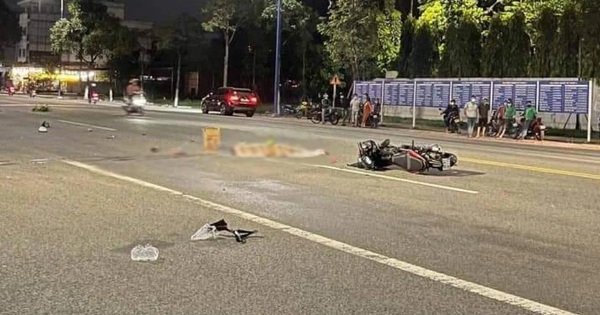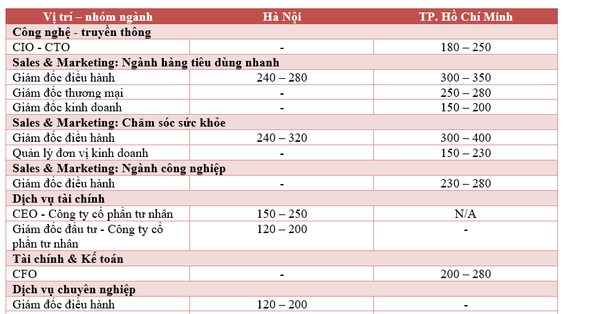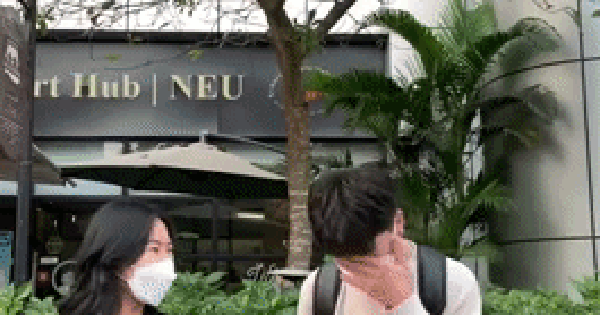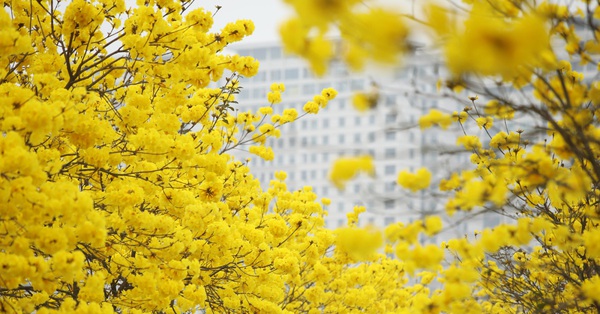Unseen footage of Mumbai’s Red Roads – Way Of Life Malayalam Vlogs Yamaha FZ Ride to Mumbai
Kamathipura (also spelled Kamthipuram) [1] is a neighborhood in Mumbai, India. It was first settled after 1795 with the construction of causeways connecting the once seven islands of Mumbai. Originally known as Lal Bazaar, it got its name from the kamathis (laborers) from other parts of the country who worked on construction sites. Due to police crackdown in the late 1990s with the rise of AIDS and the government’s clean-up policies that helped sex workers to abandon the profession and subsequently Kamathipura, the number of sex workers in the area has declined.[2] In 1992 the Brihanmumbai Municipal Corporation (BMC) recorded that there were 45,000 sex workers here, which was reduced to 1,600 in 2009[1] and 500 in 2018.[3] Many sex workers have migrated to other areas in Maharashtra, with real estate developers taking over the high-priced properties. In 2018, the Maharashtra government sought tenders to demolish and rehabilitate the area.[3]
Prior to the completion of the Hornby Vellard Project in 1784, which saw the construction of a causeway linking all seven islands of Mumbai under William Hornby, Governor of Bombay (1771-1784), the Great Breach at Mahalaxmi was sealed during the subsequent Bellasis Road causeway Mazagaon and Mazagaon linked Malabar Hill in 1793. This resulted in several low-lying swampy areas of the Mumbai Flats such as Byculla, Tardeo, Mahalaxmi and Kamathipura opening up for settlement. After that, starting in 1795, kamathis (labourers) from other areas of the country, who worked as laborers on construction sites, began to settle here, giving the area its present name. It was bounded on the north by Bellasis Road, on the south by Gaodevi and the opposite main road, Falkland Road.[4][5] At one point in this period it was home to a Chinese community who worked as longshoremen and ran restaurants. Everything changed by the end of the 19th century.[1]
By then, as previous 1864 census figures for Mumbai show, other areas had larger populations of prostitutes, such as Girgaon (1,044), Phanaswadi (1,323) and Oomburkharee (1,583) compared to Kamathipura (601), all of which declined after 1864.[6] This small region boasted the most exotic consorts. In the 19th and early 20th centuries, many women and girls from continental Europe and Japan were trafficked to Kamathipura, where they worked as prostitutes and served both soldiers and local people.[7][8] Gradually social stratification also took place: a busy street in Kamathipura became known as Safed Gully (White Alley) due to the European prostitutes who lived here during the British Raj. The alley is now known as Cursetji Shuklaji Street. The area’s most famous brothel, Pila House is the hybridization of its original word: Playhouse. The first venereal disease clinic in Bombay opened in 1916 and was acquired by BMC in 1925. The nearby Bachchuseth ki Wadi on the Foras Road was famous for its kothewalis or tawaifs and mujras.[1]
When India became independent, Indian sex workers took over. In recent decades, many Nepalese women and girls have also been smuggled into the district as sex workers.[9] Over the years under the rule of the Indian government, the sex industry in Kamathipura continued to thrive and human trafficking brought women here from different parts of the country. Eventually it became Asia’s largest sex district.[10]
Today it is said that there are so many brothels in the area that the sex workers have no place to sit. They hang out on the street courting customers and then rent an available bed. The roughly 3,000 buildings in the area are mostly dilapidated and in dire need of repair; clean drinking water and sanitary facilities are also scarce.[11]
Description source: Wikipedia Music credits: You are free to use the Lonely Red Tree music title (including for commercial purposes), but you must include (copy and paste) the following in your video description: Lonely Red Tree by Dox | https://soundcloud.com/dox-free-music Music funded by https://www.free-stock-music.com Attribution-NoDerivs 3.0 Unported (CC BY-ND 3.0) https://creativecommons.org/licenses /by-nd/3.0/
source



